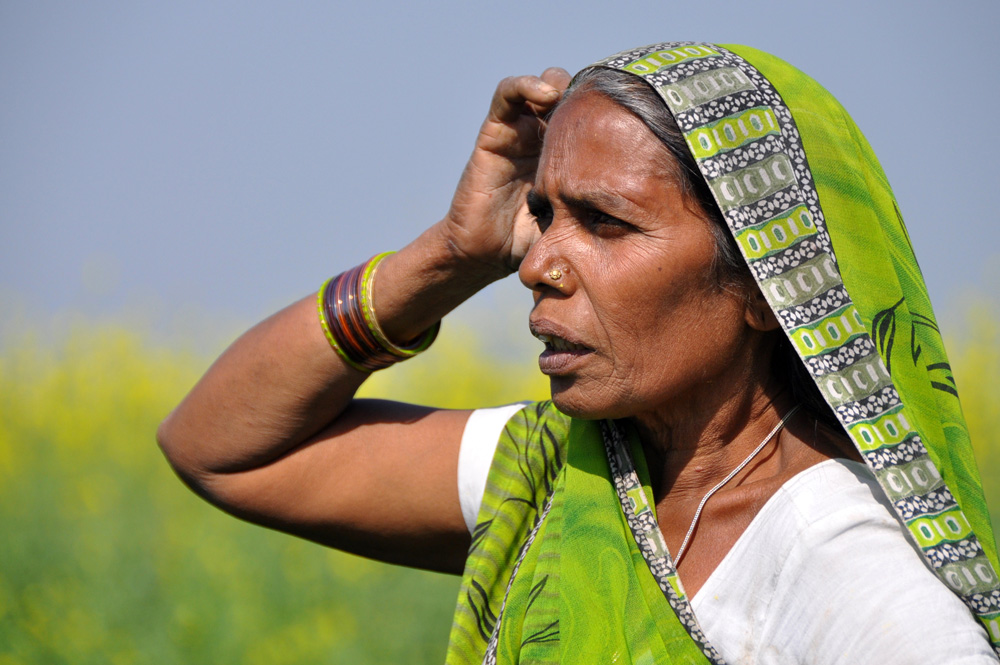If you are a farmer in India or in Bangladesh, you sow at the onset of the wet season. The timing is important: Rains are followed by drought, so if you miss the right time to seed, you likely won’t have much to harvest.
But rains don’t come on time anymore, and neither do the droughts. When it rains it pours; when the dry season comes, the heat burns the crops and sears the soil. Subsistence farmers must adapt to this changing climate to survive – but what approach is best?
A recent study provides some answers by identifying 36 key indicators of adaptive capacity. The result is a comprehensive look at why some farmers handle the effects of climate change better than others and where to invest to make the biggest difference.
“We need to get to know the risks and uncertainties and acknowledge that ‘more of the same’ is not enough to avoid costly, unsustainable impacts,” said SEI Senior Research Fellow Clemens Grünbühel, a co-author of the study in the Climate and Development Journal.
On a micro level, every farmer has distinct capacity, which is conditioned by the resources they control, their level of skill and experience, their health, their access to market, the extent of their social network, and even by their non-farming activities.
Working with these individual parameters can improve farmers’ capacity to adapt. But how can one make sense of multiple individual parameters of billions of people in over a dozen of countries?
To answer this question, Grünbühel and his co-authors used the elements of the sustainable livelihoods framework, working with 600 participants in villages across South and Southeast Asia.
